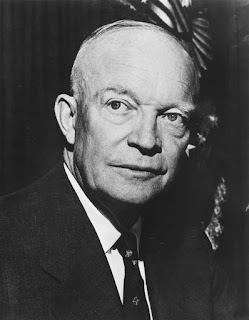Phase 1: Invasion of the North to the South
Escalation (August-
September 1950)
It
started with the battle of Pusan Perimeter.
The
U.S. Army withstood
KPA attacks meant to
capture other cities.
The United States Air
Force (USAF)
destroyed 32 bridges,
halting most daytime
road and rail traffic.
Phase 2: The US and US
intervention to support South Korea.
Battle of Inchon
(September 1950)
To relieve the Pusan Perimeter, General McArthur
recommended, an amphibious landing at Inchon.
Truman told McArthur to fight around the 38th
parallel. He said, despite they wanted to contain communism he didn’t want to
get in problems and just recover South Korean territory. However, McArthur
didn’t obey and invaded North Korea until arriving to China.
China
intervenes (October- December 1950).
Mao, leader of China, warned that if any country of
the UN enters to his country he woulld respond militarily.
Phase 3: China response and the
stalemate in the 38th parallel
Fighting
around the 38th parallel (January- June 1951) - Stalemate
Both the North and the South wanted to maintain the
fight in the 38, as they know that if they invaded more there were going to be
serious consequences.
Armistice
(July 1953- November 1954)
This determined the end of the stalemate.
The war could end by using force (denied by the UN)
or by signing the Armstice.
In 1952 the US elected a new president: Dwight D.
Eisenhower. And on 29 November 1952 he went to Korea to learn what might end
the Korean War. As a result the Armstice was signed.
Stalin
died---- March 1953--- New President Nikita Krushev.



No hay comentarios.:
Publicar un comentario